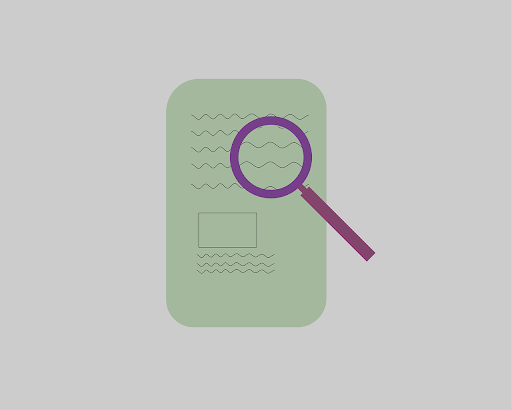Life is full of unfortunate situations. Sometimes, natural disasters threaten the safety and well-being of your family and home. To overcome the problems linked with these kinds of unforeseen events, it is crucial to follow advanced strategies that minimize risks.
If you are concerned about your home’s settlement in an optimum position, you need to take precautionary measures to avoid any inconvenience.
Below this, we will highlight a guide for emergency preparedness to safeguard your home.
- Conduct a Risk Assessment:
The first step in emergency preparedness involves investing time in identifying potential hazards and risks. It is significant to look for the specific geographic location and living environment.
Furthermore, you need to consider natural disasters like floods and earthquakes, technological hazards including electricity shock and chemical spillage, etc.
An appropriate assessment must be done for the safety or prevention of future problems. This approach is also helpful in determining the areas of improvement.
- Develop an Emergency Plan:
You also need to create a detailed emergency plan that outlines protocols for various types of emergencies. You can also get services from professionals to ensure the proper check and balance of the glass in your windows and doors.
The experts are trained enough to use various tools, including glass thickness checker tool and other advanced tools, to get things done on time to avoid any inconvenience in the future.
The involvement of all household members in the planning process helps ensure that everyone understands their roles and responsibilities in managing the emergency on time.
- Assemble an Emergency Kit:
According to statistical analysis, preparing an emergency kit provides a wide range of long-term benefits. It must contain the essential supplies and provisions to sustain your family during an emergency.
The addition of non-perishable food, water, medications, first aid supplies, flashlights, batteries, blankets, clothing, and personal hygiene items in the emergency kit is crucial for optimum survival. Consider setting the important documents (e.g., identification, insurance policies, contact information).
Furthermore, you can customize your emergency kit, which is mainly based on the needs of your family members.
- Secure Your Home:
Utilization of preventive measures helps to mitigate potential hazards up to a great extent. For this purpose, you can prefer professional services for the installation of smoke detectors and related negative aspects in your home.
In scenarios like strong winds or earthquakes, you can set a heavy furniture and appliances to prevent them from toppling or causing any damage. You can also follow the latest strategies to secure doors and windows with sturdy locks and hinges to prevent any problems.
- Review and Update Regularly:
To keep yourself informed about all the aspects of your household, you can schedule your routine to check the optimal running of the functional components. It comprises various factors, including household appliances, electric wiring, and related aspects, to detect any problem earlier.
You can also trim unnecessary trees and bushes in your landscape. This approach minimizes the risk of fire and related problems. Taking the right steps for the safety of your place at the right time provides you with a wide range of benefits in the long run.
If you are concerned about your home’s settlement in an optimum position, you need to take precautionary measures to avoid any inconvenience.
Below this, we will highlight a guide for emergency preparedness to safeguard your home.
- Conduct a Risk Assessment:
The first step in emergency preparedness involves investing time in identifying potential hazards and risks. It is significant to look for the specific geographic location and living environment.
Furthermore, you need to consider natural disasters like floods and earthquakes, technological hazards including electricity shock and chemical spillage, etc.
An appropriate assessment must be done for the safety or prevention of future problems. This approach is also helpful in determining the areas of improvement.





